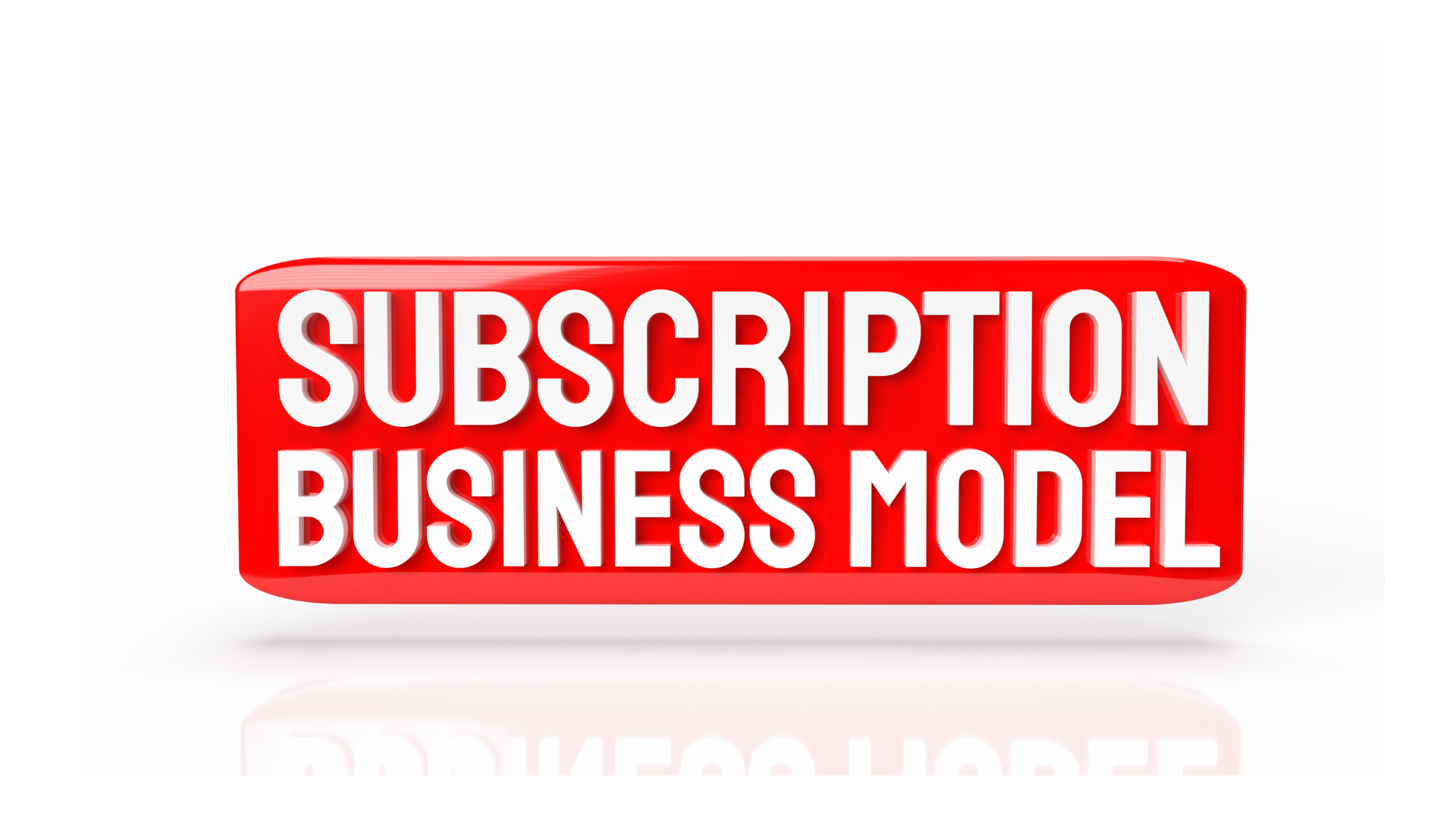How to Create a Multichannel Marketing Campaign This Holiday Season
The holiday season is the best time of the year. And despite fears of inflation and rising costs, a PWC study found that 74% of consumers still plan to spend the same or more this holiday season as they did last year.
So you don't want to miss out on this lucrative opportunity to boost your bottom line by capturing the attention of consumers who are planning to spend an average of $1,430 on gifts for their loved ones, according to PWC.
And for the best chance of capturing a slice of this pie, there are several key things you should consider as you plan your holiday marketing campaign strategy.
With more consumers shopping online rather than in-store, the holidays have become a crucial time for brands to promote their businesses and target new audiences.
And with so many different channels available today, multichannel campaigns are the new norm.
In this post, we'll walk through nine simple steps for creating an effective multichannel marketing campaign that sparkles this holiday season.
9 key steps to create a multichannel marketing campaign for the holidays
The holiday season is upon us, so you've got to start thinking about getting your brand in front of customers.
And with so many channels to consider—email, social media, and more—it can be hard to know where to begin.
But don't worry. Here are nine simple steps to get your multichannel marketing campaign up and running in time for the holidays.
1. Create seasonal content, imagery, and branding
First things first, spread the holiday cheer by creating custom seasonal content.
More and more people are turning towards organic search as their go-to method for finding gift ideas. Use your blog to your advantage by sharing valuable information your consumers are searching for on their mission to find the perfect gift.
But don't limit yourself to only written content. The goal is to produce content that'll get peoples’ attention.
So if you are in the fitness business, make a video about the best workout routines the day after a big Thanksgiving feast. Perhaps you sell lemonade, so why not create an Instagram post sharing your favorite holiday themed lemonade recipes. Or if you run a small ecommerce business that sells soap, create a TikTok video showcasing your new holiday scents.
If video isn't your thing, follow Starbucks' lead on Instagram. Taking one glance at their Instagram feed looks like a scene out of a Christmas movie. Festive images galore to announce their new holiday drinks. You can create seasonal themed product photos of your products using tools like Magic Studio.
2. Decide which channels are best for you
You don't want to post content on every platform just to check all the boxes for marketing on "multiple channels."
The key is finding the channels your target audiences use the most and doubling down on creating content for these mediums. Otherwise, it can feel like you are throwing spaghetti at the wall and hoping something sticks.
Depending on your buyer persona and business goals, some channels might be more suitable than others. Start with those and then expand to other channels as needed based on the results.
For example, industry experts still debate which platform achieves the best results, as the numbers are equally high on websites and social networks like Twitter and LinkedIn.
On the other hand, if most of your customers are Gen Zers, you should avoid Twitter and LinkedIn and focus on using TikTok for business and Instagram.
If you can experiment with different channels, don't be afraid to do so. You never know which channels end up performing the best.
3. Tailor your message to each platform
Although your marketing message should remain consistent across all your channels, you'll also have to make strategic choices about what works best on each platform.
For those overwhelmed with the intricacies of email campaigns, partnering with a full service email marketing agency can ensure optimized content and delivery strategies
For example, seasonal images perform better on visual platforms such as Instagram, while articles perform better on your blog or LinkedIn. Or, you might notice a higher open rate if your email marketing campaigns include a coupon or discount offer in the subject line.
As a result, you'll need to craft individual strategies for each channel and create different kinds of content. Brands that produce sensitive products should pay special attention to the messaging in their multichannel marketing campaigns.
Use data from your target audience to help guide you in the right direction and find the proper tone and messaging for every channel.
With the help of ELT (Extract, Load, and Transform), you can take unstructured data from a marketing campaign and convert it into definite metrics that help you understand whether a message resonates with your audience.
If it delivers lackluster results, it's time to switch it up.
4. Create a holiday marketing calendar
Somehow the holidays always creep up faster than anticipated.A holiday marketing calendar keeps you on track during a busy time of the year.
First, figure out which holidays are essential to your business (think Small Business Saturday) and how they affect your audience (and vice versa).
Brainstorm some holiday-related content ideas—and maybe even some sales or promotional items—so that it's not all last-minute scrambling when the time comes around.
Then, create an editorial calendar, so you know what content you'll share, on what platform, and when.
It's always best to measure twice and cut once. Set aside some time during the week before Thanksgiving or Black Friday to review your most important campaigns to ensure there are no mistakes.
5. Utilize customer data for segmentation and personalization
Segmenting your audience is critical to the success of your multichannel campaign. That way, you don’t waste all of your resources targeting consumers outside your target audience.
So how do you go about segmenting your customers and providing a personalized approach? It all comes down to investing in marketing automation tools and customer relationship management (CRM) software.
When you use a marketing automation platform with a CRM, you can use your leads' past interactions with your brand to improve your marketing campaigns.
You can send them the right information at the right time on the right platform. Now, that's the recipe for success.
6. Be consistent across all channels
Consistency is a vital element of any marketing campaign. And if you're trying to reach customers through various channels, you must maintain the same look and feel across all of them.
When it comes to multichannel campaigns, especially ones intended for different audiences, creating a style guide for each channel before starting your campaign is essential.
That way, everything stays consistent—from the tone of voice to the colors used in graphics—and you can be sure that everyone gets the same message from all sides.
There are a lot of moving parts in a multichannel marketing campaign. Working smarter, not harder, is the name of the game.
Convert your images into vector graphics so you can reuse your holiday images across different channels without distorting or reducing the image quality.
The last thing you want is to lose the trust of your potential customers due to a lack of brand consistency or low-quality images. So if you use one specific holiday garland in your email campaign, make sure to use that same garland on your landing page.
7. Promote for engagement and repost your most popular user-generated content
Don't underestimate the power of reposting popular user-generated content on your social media profiles.
It's an excellent way to boost your engagement, build a connection with your community, and make sure that people feel heard while also increasing exposure for your brand.
Take Dunkin' Donuts as the perfect example. Instead of wasting thousands of dollars on taking holiday product photos, they rely on user-generated content to bring the holiday spirit to their Instagram page.
And honestly, it works; it feels personal.
Also, posting user-generated content opens the floodgates of customer submissions hoping to have their picture featured on your page. To manage content and campaign distribution across all platforms efficiently, many businesses invest in reliable eCommerce multichannel software that helps streamline workflows and ensures consistent branding across every channel.
8. Make it rewarding for customers to take action
Lead magnets are the perfect way to capture your audience's attention this holiday season.
You can offer a lead magnet to people in exchange for their contact information. The idea is that you're offering something of value to them—like an ebook, cheat sheet, or other helpful information—and it's a no-brainer for them to take action.
For example, if you're a food blog looking to build your email list, consider offering an ebook or holiday guide as your lead magnet. Thanksgiving is a hectic day of cooking, and the chef for the day could always use some more recipes and pointers for cooking a successful feast (and cooking a successful Thanksgiving marketing strategy).
Use lead magnets for a few different purposes:
-To build a list of leads who might buy from you in the future. You can use this list to reach out to and re-engage with them when you launch a new product or have a sale.
- To collect emails from people who might not buy from you immediately but might be interested in other offers from your brand. This strategy helps with customer acquisition and building brand awareness.
9. Hold a giveaway
Who doesn't love a giveaway, especially around the holiday season?
So, spread the holiday cheer by advertising your giveaway across multiple channels.
Don't just post about it on your website—try sending out emails and SMS messages to your customers to boost engagement.
And since you’re advertising across multiple channels, you should also accept submissions via each channel.
For example, people can enter by scanning a QR code in your store or visiting your contest website. Or, they can post a photo of their product on Instagram or include specific contest hashtags on Twitter.
The key is to make it as easy as possible for users to enter the giveaway.
Wrapping up
Sales are harder to come by now than ever, so make the most of your advertising dollars.
To succeed in this hyper-competitive environment, focus on doing everything possible to increase your reach with current customers while simultaneously attracting new ones.
Overall, treat the holiday season as an opportunity to try out new strategies and overcome previous failures. Try to plan specific activities while integrating your campaigns into the fabric of the holiday season.








